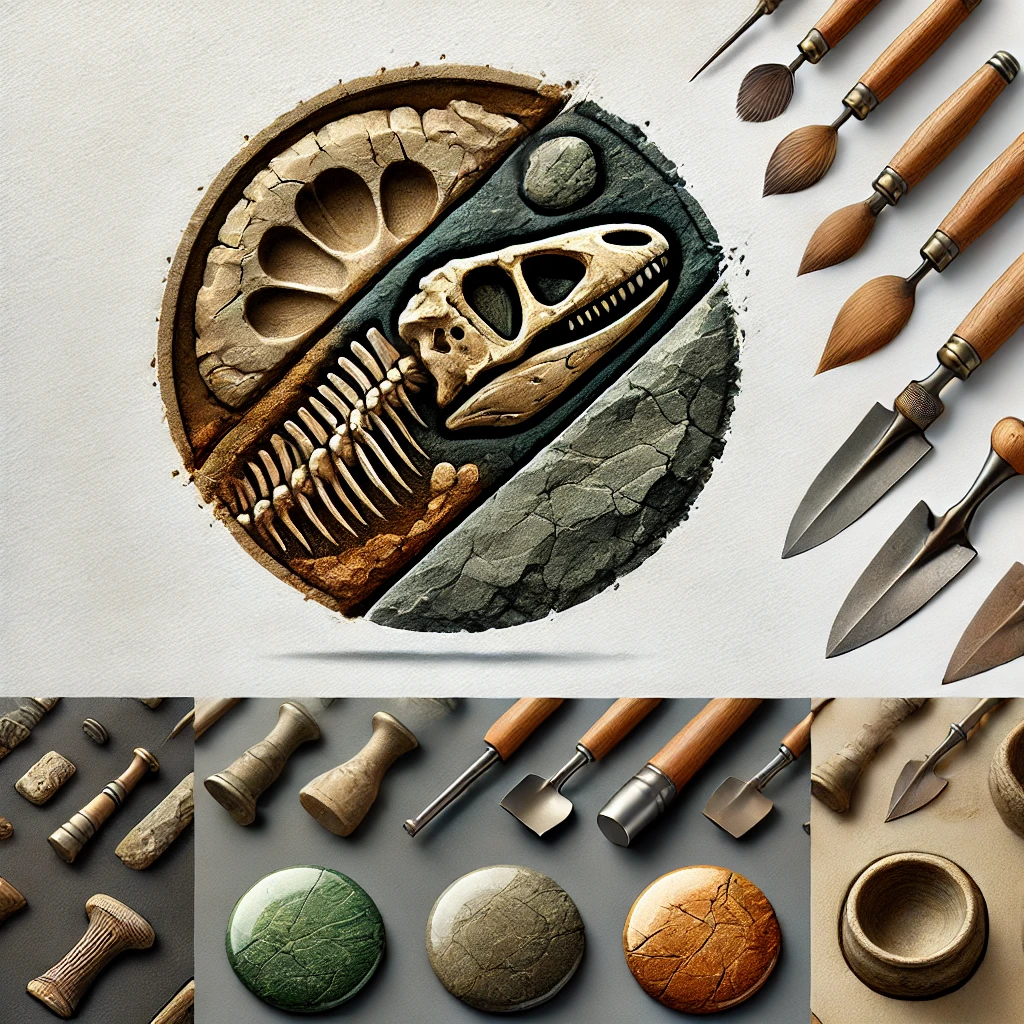Did Ancient Aliens Visit Egypt? A Stunning Discovery Near the Giza Plateau
Under the shadow of the Great Pyramid, where stone giants whisper tales of pharaohs and gods, something extraordinary has emerged from the sands. What began as a standard archaeological dig has erupted into one of the most sensational finds of the century—one that could rewrite the story of humanity’s past.
Buried near Egypt’s Giza Plateau, a team of archaeologists stumbled upon a cache of objects so strange, so unprecedented, that some are daring to ask the unthinkable: Did ancient Egyptians have contact with extraterrestrial beings?
Unearthing the Impossible
The dig started like any other, focused on mapping peripheral tombs and structures near the Sphinx. But as excavation deepened, the team uncovered artifacts unlike anything previously documented in Egypt’s archaeological record. Among them:
- Advanced tools made of unfamiliar metallic compounds
- Stone tablets etched with alien-like symbols
- Objects with isotopic signatures not matching any known terrestrial material
Initial scans and tests have only deepened the mystery. The materials exhibit atomic arrangements that suggest fabrication techniques far beyond what ancient civilizations were thought capable of.

Strange Symbols and Celestial Beings
What truly set the site apart were the inscriptions—etched into smooth stone tablets, preserved in eerily pristine condition.
Non-Human Figures in Ancient Egyptian Scenes
The tablets depict tall, elongated figures—ethereal and seemingly otherworldly—standing beside Egyptian priests and pharaohs. These beings are shown handing over tools, pointing to the stars, or overseeing construction. Unlike traditional hieroglyphs, the script surrounding these figures is entirely unknown.
Linguists and symbologists are now working around the clock, attempting to decipher what many are calling the most enigmatic writing system ever uncovered in Egypt.
No Known Script Matches the Symbols
The markings don’t resemble hieroglyphs, Proto-Sinaitic, or any Mediterranean language. Some resemble cuneiform or geometric glyphs but remain untranslatable. The early consensus? These symbols don’t belong to any known ancient writing system.
Could this be an entirely new—and possibly non-human—language?
Myth or History?
Depictions of gods descending from the sky are not new to Egyptian mythology. Deities like Thoth and Osiris are often associated with celestial origins. But the precision of these images—combined with the unusual technology found alongside them—has reopened debate about whether Egypt’s “myths” were more historical than we’ve believed.
Scientific Controversy and Global Reaction
As expected, the find has sparked both excitement and skepticism across the academic world.
Caution from Mainstream Archaeologists
Many experts urge restraint. Peer-reviewed studies are still pending. No radiocarbon dating has yet been verified. Some claim the anomalies could result from unknown natural materials or lost Egyptian craftsmanship, not alien technology.
Isotopic Anomalies and Advanced Engineering
Yet early analysis of the metallic tools reveals isotopic ratios inconsistent with Earth-based sources. Some materials resist identification altogether, including alloys that don’t correspond to anything currently documented in the archaeological record.
Engineers examining the artifacts suggest a level of precision akin to modern machining—far beyond Bronze Age Egypt.
The Echo of Ancient Astronaut Theories
The discovery has breathed new life into “ancient astronaut” theories once dismissed as fringe. Figures like Erich von Däniken, author of Chariots of the Gods, long claimed that the pyramids and Sphinx were not the sole work of human ingenuity.
Now, with physical evidence suggesting possible contact or influence from beyond Earth, that once-dismissed hypothesis has become a global conversation.
What Lies Beneath the Sand?
With the site located just kilometers from the Sphinx and the Great Pyramid of Khufu, the discovery has fueled new calls to revisit Egypt’s iconic monuments with fresh eyes—and new technologies.
Hidden Chambers and Unexplored Passages
Recent ground-penetrating radar studies have already revealed anomalies beneath the Giza Plateau—hollow spaces and symmetrical structures that remain unexcavated. Could this new find be the key to unlocking what lies beneath?
A Rewriting of Human Origins?
If authenticated, these artifacts could signal one of the most profound shifts in our understanding of history. They suggest that either:
- A lost human civilization far more advanced than we’ve ever known existed…
- Or an external, possibly extraterrestrial, intelligence interacted with early humans.
Either outcome would force a fundamental re-evaluation of archaeology, anthropology, and human heritage.
Egypt’s Official Response
Egypt’s Ministry of Antiquities has not yet issued a formal statement, though reports suggest heightened security has been placed around the excavation site. Independent researchers from Europe and Asia are expected to join the investigation in the coming months.
A Mystery That Transcends Time
Whether this find proves to be evidence of ancient aliens, a forgotten civilization, or an unprecedented leap in early human innovation, its implications are monumental.
It reminds us that history is not a closed book. Beneath every layer of sand lies another page—waiting to be read, waiting to be understood.
In a world hungry for answers, this find near the Giza Plateau may not provide certainty. But it offers something equally powerful: the possibility that we are part of a story much older, and far stranger, than we ever imagined.

CÁC TIN KHÁC
Mary Walton: The Forgotten Inventor Who Helped Clean Up America’s Cities
Tomb of Queen Nefertari in the Valley of the Queens, Egypt
Discover the Hypostyle Hall of the Temple of Hathor at Dendera
Venus de Losange: Unveiling the Mystery of a 20,000-Year-Old Paleolithic Icon